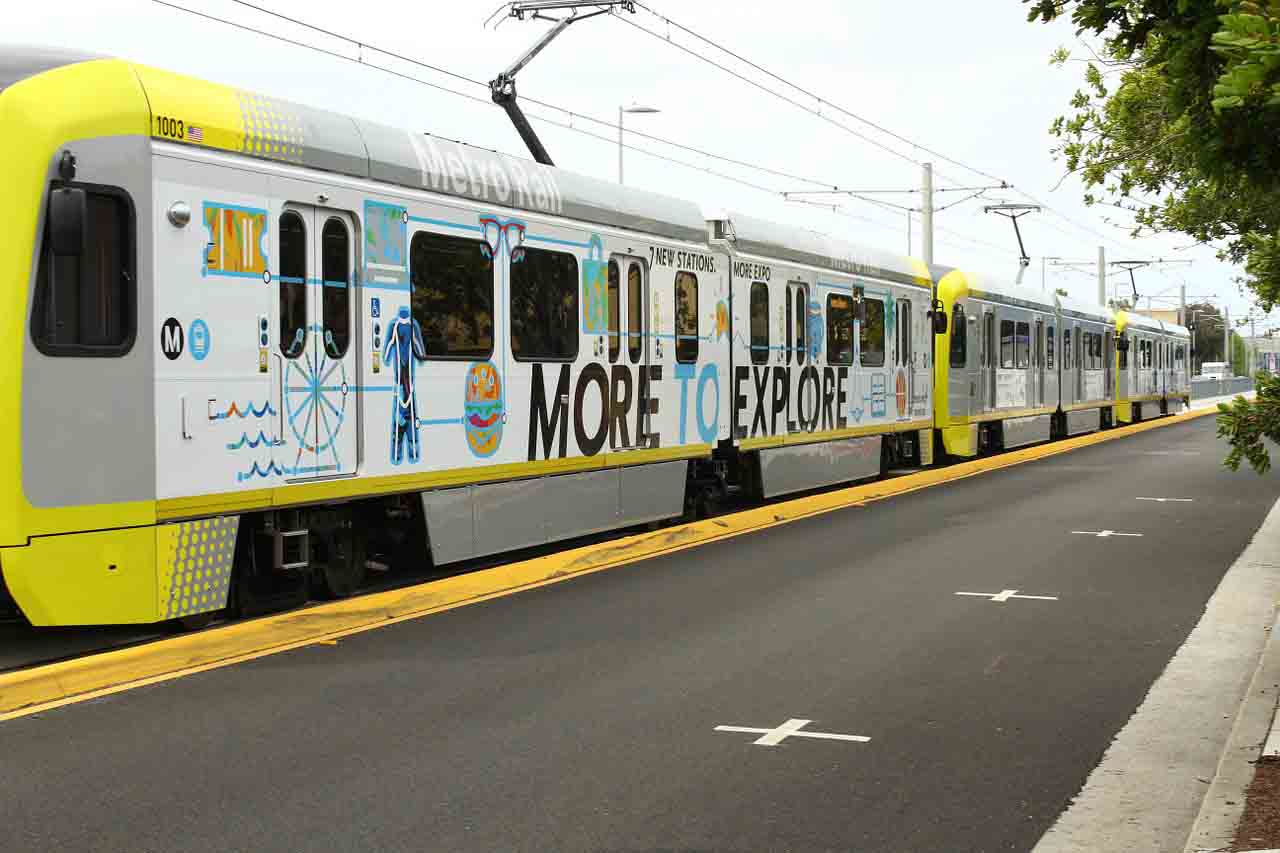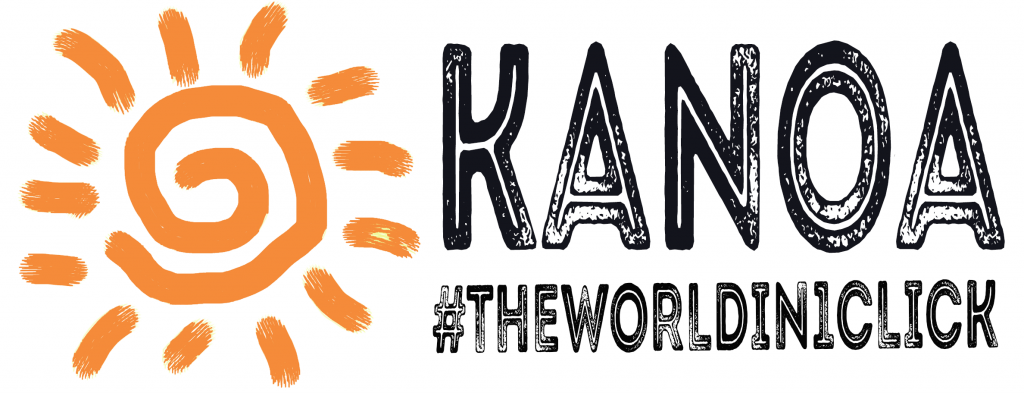The car is, in all likelihood, the best way for getting around Los Angeles. Despite the traffic. The important thing is to enter into confidence, as soon as possible, with the road system of the whole county. Public transport is still quite inadequate, especially for medium / long-range journeys. Finally, taxis are little used by visitors due to their particularly high costs
CAR
In Los Angeles, each family has, on average, almost 2 cars. Every day, almost 12 million cars pass through the streets of the Californian metropolis. And finally, the city holds the record for the most congested and polluted streets in all of America!
This should discourage anyone from moving to Los Angeles by car. And yet, this is not the case at all. Los Angeles boasts an immense and particularly extensive road network. With due care, you can move throughout the metropolitan area smoothly.
Avoid peak times if possible, preferring early morning and late evening trips. All motorways and free roads are congested and, with the help of a navigator, you can move along alternative routes. The most severely congested areas are the center, Hollywood, and the Westside area. The I-10, I-405, I-110, I-5 and US 101 are the busiest streets, at any time of day.
The greatest difficulty, for many motorists, is finding the various entry ramps to roads and motorways without tolls. Also in this circumstance the navigator is helpful. Remember to always keep the lane slower and remember that in the specially marked HOV lanes, cars travel with at least 2 people on board.
GETTING AROUND LOS ANGELES BY PUBLIC TRANSPORT
Public transport in the city is not the best. The main problem is represented by the connections, which, in some areas, are quite limited and infrequent.
Metro, the main company operating in the city, is the reference point for getting around Los Angeles by public transport. It manages over 200 bus lines, and several metro lines
BUS
The system most used by the inhabitants after the car. In some areas like Santa Monica and Downtown, buses are quite frequent and sometimes recommended. In other areas, however, waiting times can be over an hour!
There are several bus companies, each of which serves a part of the city. Big Blue Bus serves the West area of the city; Culver City Bus and Dash minibus connect local communities between Downtown and Hollywood; Downtown routes six connects Chinatown, City Hall, Little Tokyo. The presence of all these companies can be confusing due to the different rates. In this case, if you have a TAP CARD (read below), you will pay the $ 0.50 surcharge at the normal travel cost.
The lines managed by metro, are divided into Local, Rapid and Express. These last ones allow you to move between different areas without making stops. The rapid lines make a limited number of stops along the way, but the Local lines make all the stops. Many lines are in operation from morning until early evening. Only a few lines perform night service.
METRO
Since 1990, the city’s elevated light rail system has been inaugurated. A constantly expanding network that allows you to move around Los Angeles, between neighborhoods and some tourist destinations. Koreatown, Hollywood, North Hollywood, Santa Monica, Chinatown, Pasadena and Long Beach are served by subway lines.
The lines are almost always identified by different colors. Here is the detail:
- Red line. Connects Downtown Union Station with North Hollywood, via Hollywood and Universal studios.
- Purple Line. It shares much of the route with the Red Line, connecting Downtown with Koreatown.
- Blue Line. Connects downtown Los Angeles from 7th Street to Long Beach.
- Expo Line. Connects downtown Los Angeles from 7th Street and Union Station to Santa Monica via the University.
- Gold Line. It connects the eastern part of the city with Pasadena, passing through Chinatown.
- Green Line. Connect Norwalk, not far from Interstate 105, to South Bay.
Generally speaking, the metro lines run every day, from Monday to Sunday, including public holidays, from around 04:00 to 01:00. The frequencies range from a minimum of 12 ‘at peak times to 25/30’ in the evening. Every night between Friday and Saturday, there are 3 additional runs at night, for a 24-hour service.
PUBLIC TRANSPORT TICKETS
To move to Los Angeles with Metro-managed vehicles, you need to purchase a special rechargeable card, called TAP CARD. You can buy it in all the automatic machines at the Metro stations and the main bus stops. Alternatively, at merchants displaying the brand.
The TAP CARD costs $2 for activation. You can charge it for the amount you want, whenever you need it. A 1 WAY ticket costs $1.75. Allows you to make a move, within 120′ of the validation, on the vehicles managed by Metro. The 1 day ticket, costs $7.00 per person, and allows you to make unlimited trips on Metro vehicles, throughout the day. The weekly pass, costs $25 per person, and allows unlimited travel for 7 days starting from the first validation.
Discounts up to 80%, are provided exclusively for students, over 62 and people with certified disabilities. Children up to 5 years old travel for FREE with a paying adult.
On the SILVER line and the Express 442, 460, 487, 489, 501, 550 and 557 lines, you pay an EXTRA CHARGE of 0.70$ per person. If you use buses that are not operated by Metro, you will have to pay an EXTRA CHARGE of 0.50$ per person.
Always remember to validate the ticket with each trip, placing your TAP CARD on the detector. The travel amount will be automatically deducted from the card.
Only on the buses the TAP CARD is not mandatory. It is possible, in fact, to pay the driver in cash. In this case, you will have to pay with precise cash.



